How do I care for and clean my new AquaMats?
AquaMat® Marine carpet is designed to withstand the tough marine environment without fading or degrading. It is produced from solution dyed fibers enhanced with UV stabilizers that protect it from extreme sun, salt and moisture.
Your new AquaMat® marine carpeting is very easy to maintain and basic upkeep is the best defense to keep your AquaMat® looking new. Maintain the carpet face by hosing or vacuuming off regularly. When necessary you can use any standard high quality carpet cleaner to remove stubborn stains, always being careful to remove all cleaner residues with water. An AquaMat® should dry completely before storing. When storing, always roll your AquaMat carpet face out.
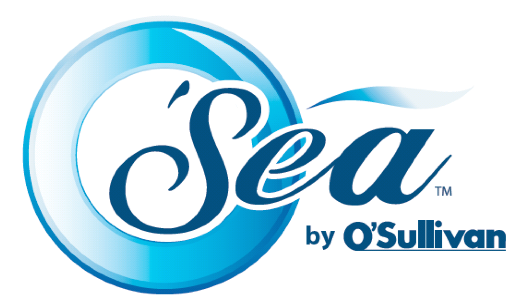

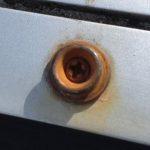
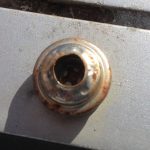
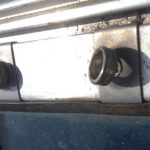
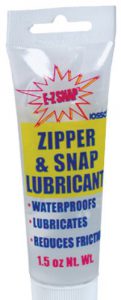
 One of the best ways to keep Sunbrella® fabrics looking good and to delay the need for deep or vigorous cleaning is to hose fabrics off on a monthly basis with clear water. This helps prevent dirt from becoming deeply embedded in the fabric and eliminate the need for more frequent vigorous cleaning. In most environments, a thorough cleaning will be needed every two to three years.
One of the best ways to keep Sunbrella® fabrics looking good and to delay the need for deep or vigorous cleaning is to hose fabrics off on a monthly basis with clear water. This helps prevent dirt from becoming deeply embedded in the fabric and eliminate the need for more frequent vigorous cleaning. In most environments, a thorough cleaning will be needed every two to three years.